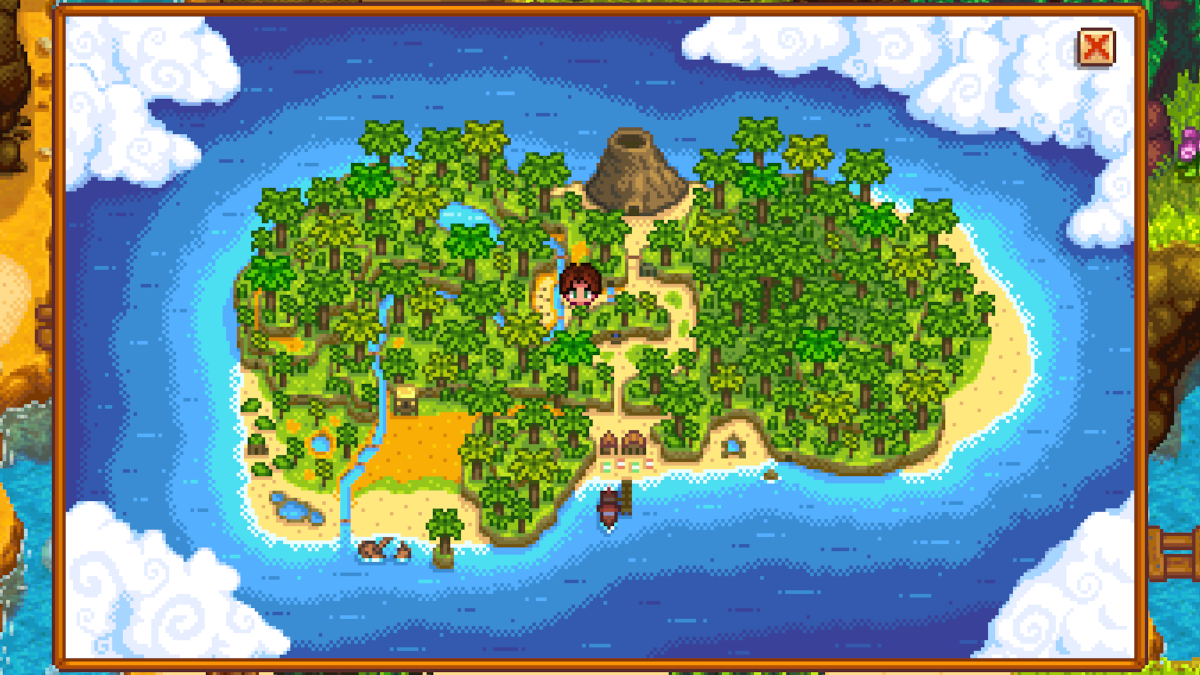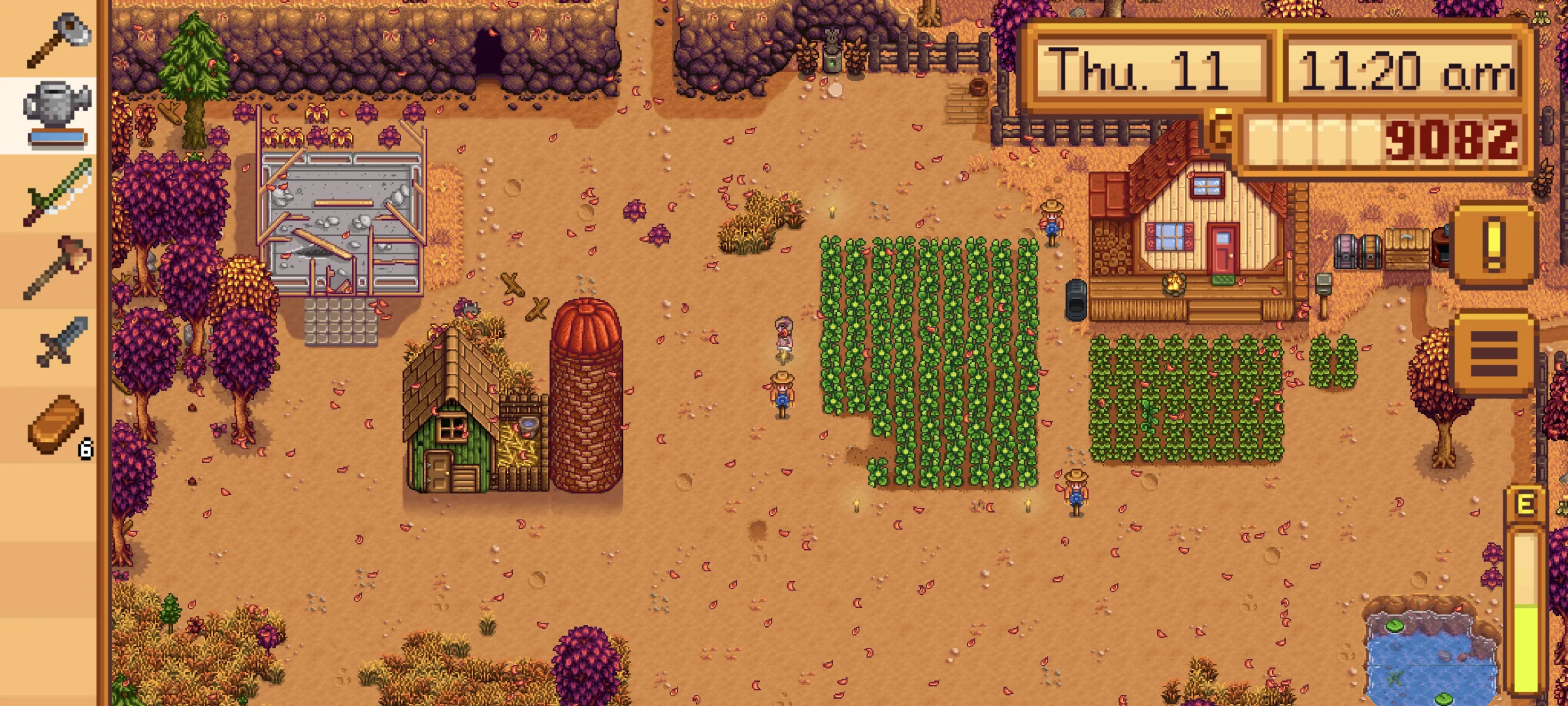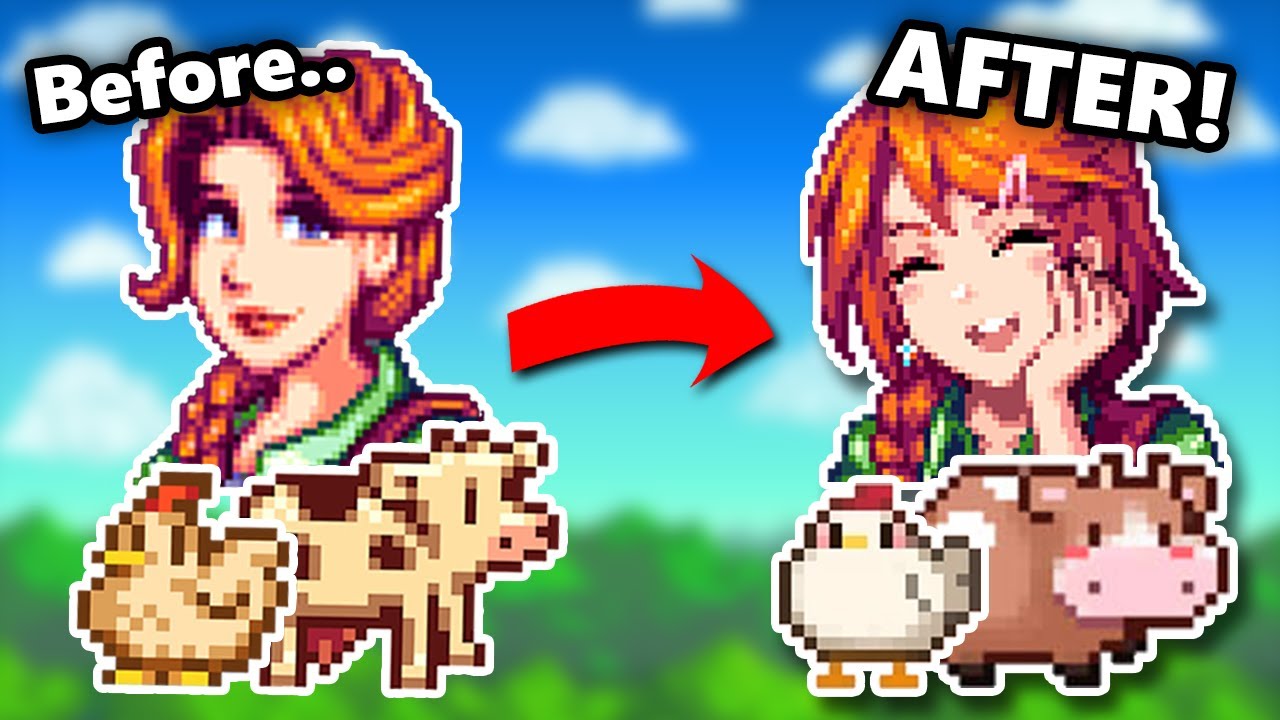Advertisement
Popular Now
Stardew Valley, created by Eric “ConcernedApe” Barone, is a beloved farming simulator RPG released in 2016 that immerses players in the tranquil yet demanding life of Pelican Town. With over 41 million copies sold by 2025, the game’s open-ended gameplay allows players to farm, fish, mine, and build relationships, all while managing a tight in-game clock where each day lasts roughly 14 real-world minutes. One persistent challenge that defines the Stardew Valley experience is its time management system, which forces players to prioritize tasks under strict time constraints, creating both rewarding depth and occasional frustration. This article explores the evolution of time management challenges through Stardew Valley’s updates, focusing on the mechanics, player strategies, and the 2025 1.6 update’s impact, offering solutions to master this core issue and enhance your farming journey.




1. The Foundations of Time Management in Early Stardew Valley

A Rigid Daily Clock
When Stardew Valley launched in 2016, its time system was a defining feature: each in-game day spans 14 minutes, with each hour equating to roughly 42 seconds. Players must manage farming, foraging, mining, fishing, and socializing before 2:00 AM, when the character collapses from exhaustion, potentially losing items or gold. This tight schedule forces tough choices—watering crops might mean skipping a fishing trip, while visiting villagers could delay mine exploration. Early on, the lack of automation tools like sprinklers meant manual tasks consumed most of the day, amplifying the time crunch.Limited Energy and Tools
Energy, tied to the stamina bar, further complicates time management. Basic tasks like watering crops or chopping trees drain stamina, and without high-quality food or upgrades, players tire quickly. The starting tools (e.g., basic watering can) are slow, covering only one tile per use, making large farms time-intensive. In Year 1, players often struggle to balance farm maintenance with other activities like completing Community Center bundles, which require diverse items only obtainable through time-consuming foraging or fishing.- Early Time Management Struggles:
- 14-minute days limit task flexibility.
- Manual tools slow down farming tasks.
- Low stamina restricts daily actions.
2. The 1.4 Update: Introducing Quality-of-Life Features
Auto-Grabbers and Junimo Huts
The 2019 1.4 update introduced Auto-Grabbers, which automatically collect animal products, and Junimo Huts, which harvest crops within a 17x17 area. These additions alleviated some time pressures by automating repetitive tasks, allowing players to focus on exploration or socializing. However, both require significant resources—Auto-Grabbers need 25,000g and a fully upgraded barn or coop, while Junimo Huts demand rare items like Starfruit. For new players, these are late-game unlocks, leaving early-game time management largely unchanged.Expanded Farm Layouts
The update also added new farm types, like the Four Corners Farm, designed for multiplayer but viable for solo play. These layouts offered more space but increased time demands, as players needed to traverse larger areas to water crops or tend animals. The lack of early-game automation meant players still spent hours on basic tasks, and the update’s new events (e.g., Trash Bear) added tempting but time-consuming distractions, forcing players to prioritize carefully.3. The 1.5 Update: Ginger Island’s Time Sink

New Areas, New Demands
The 2020 1.5 update introduced Ginger Island, a sprawling area with new crops, fish, and a volcano dungeon. While exciting, it intensified time management challenges. Traveling to the island via Willy’s boat takes in-game time, and activities like digging for Golden Walnuts or fighting in the volcano consume entire days. Players must decide whether to focus on island tasks or maintain their mainland farm, as neglecting either risks lost progress (e.g., unwatered crops wilting).Balancing Mainland and Island
Ginger Island’s crops, like pineapples, grow year-round, tempting players to relocate farming operations. However, managing two farms doubles time demands, especially without sprinklers or Junimo Huts on the island early on. The island’s West Beach and Volcano require frequent visits to complete objectives, yet the boat’s schedule (available after 8:00 AM) limits flexibility. Players often find themselves rushing back to the mainland before 2:00 AM, highlighting the update’s strain on time management.4. The 1.6 Update: Expanding Endgame Complexity
Mastery System and New Farm Type
The 1.6 update, released in March 2024 for PC and November 2024 for consoles, added the Meadowlands Farm and a Mastery system, both impacting time management. Meadowlands starts with a coop and two chickens, encouraging early animal husbandry, but its chewy blue grass requires daily animal care, consuming morning hours. The Mastery system, unlocked in Year 3, offers powerful perks (e.g., faster tool use) but demands significant XP grinding across skills, diverting time from daily farm tasks.New Events and Distractions
The update introduced festivals like the Desert Festival and mini-events like Trout Derby, which add fun but eat into daily schedules. For example, the Desert Festival, spanning three days, requires players to pause farm maintenance to participate, risking neglected crops or animals. The update’s expanded NPC dialogues and gift reactions further tempt players to socialize, creating a tug-of-war between relationship-building and productivity, especially for those chasing Perfection.- 1.6 Time Challenges:
- Meadowlands Farm demands early animal focus.
- Mastery system requires time-intensive XP grinding.
- New festivals disrupt daily routines.
5. The 1.6.15 Update: Refining the Time Loop
Performance and Bug Fixes
The February 2025 1.6.15 update (1.6.15.1 for consoles) focused on performance optimizations and bug fixes, indirectly aiding time management. Fixed issues, like debris spreading under giant crops or unharvestable potted tea bushes, reduced wasted time on glitched tasks. The update also made Legendary Fish ponds produce roe more often, streamlining fishing-related income and saving time for players pursuing Community Center bundles or Perfection.Streamlined Interfaces
The addition of a Junimo bundle button to fridge and mini-fridge UIs simplified Community Center contributions, saving trips to town. However, these changes primarily benefit veteran players with established farms. New players still face the same time constraints, as core mechanics like the 14-minute day and stamina limits remain unchanged, requiring meticulous planning to maximize each day’s potential.6. Energy Management as a Time Constraint

Stamina’s Role in Daily Planning
Energy remains a critical limiter in Stardew Valley. Each action—watering, hoeing, chopping—consumes stamina, and early-game players often run out by midday, forcing them to eat low-value foods (e.g., foraged berries) or sleep early, wasting hours. High-energy foods like Starfruit or Salads are expensive or inaccessible early on, making energy management a proxy for time management. Players must decide whether to invest time in foraging or cooking to sustain longer days.Upgrades and Automation
Tool upgrades (e.g., copper to iridium watering can) and sprinklers reduce stamina and time costs by covering multiple tiles or automating watering. However, unlocking these requires mining for resources, which itself is time-intensive. The 1.6 update’s Mastery perks, like increased tool efficiency, help late-game players, but early-game players must still micromanage stamina, often prioritizing low-energy tasks like fishing over farming to stretch their day.7. The Social Time Dilemma
Building Relationships vs. Productivity
Socializing with Pelican Town’s 34 NPCs is rewarding but time-consuming. Each gift or conversation takes seconds that add up, especially when chasing marriage or friendship points for cutscenes. For example, gifting Mayor Lewis his favorite truffle oil requires a trip to town, potentially clashing with farm duties. The 1.6 update’s expanded dialogues and gift reactions make socializing more engaging but increase the time sink, as players feel compelled to explore new content.Time-Saving Social Strategies
To balance socializing, players can gift during festivals (e.g., Stardew Valley Fair), where multiple NPCs gather, saving travel time. The Traveling Cart, appearing Fridays and Sundays, offers rare gifts like Rabbit’s Feet, but checking it diverts time from other tasks. Players must weigh the emotional rewards of NPC interactions against practical goals like crop profits, a choice that defines Stardew Valley’s strategic depth.- Social Time Tips:
- Gift during festivals to reach multiple NPCs.
- Check Traveling Cart for high-value gifts.
- Prioritize NPCs near your farm (e.g., Robin) to save time.
8. Modding to Ease Time Pressure


















